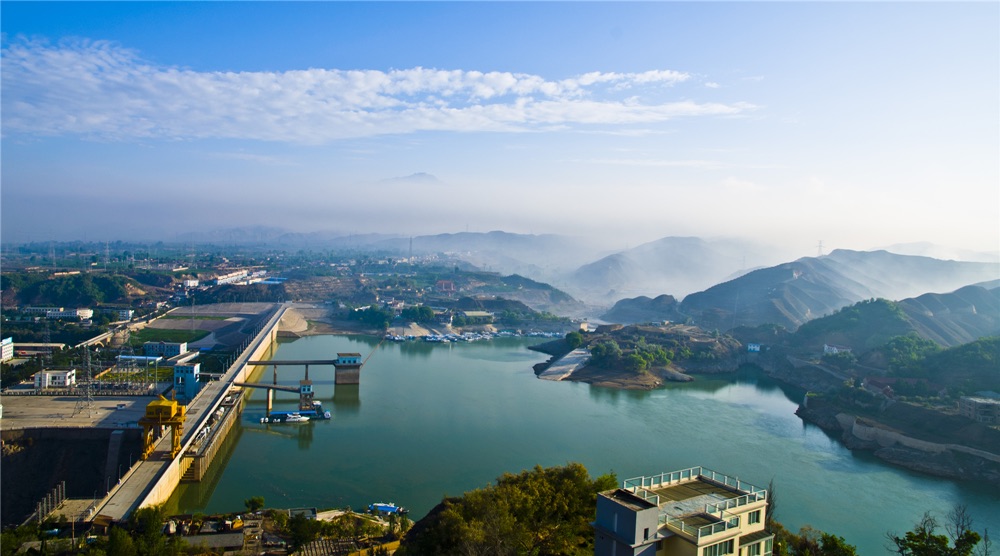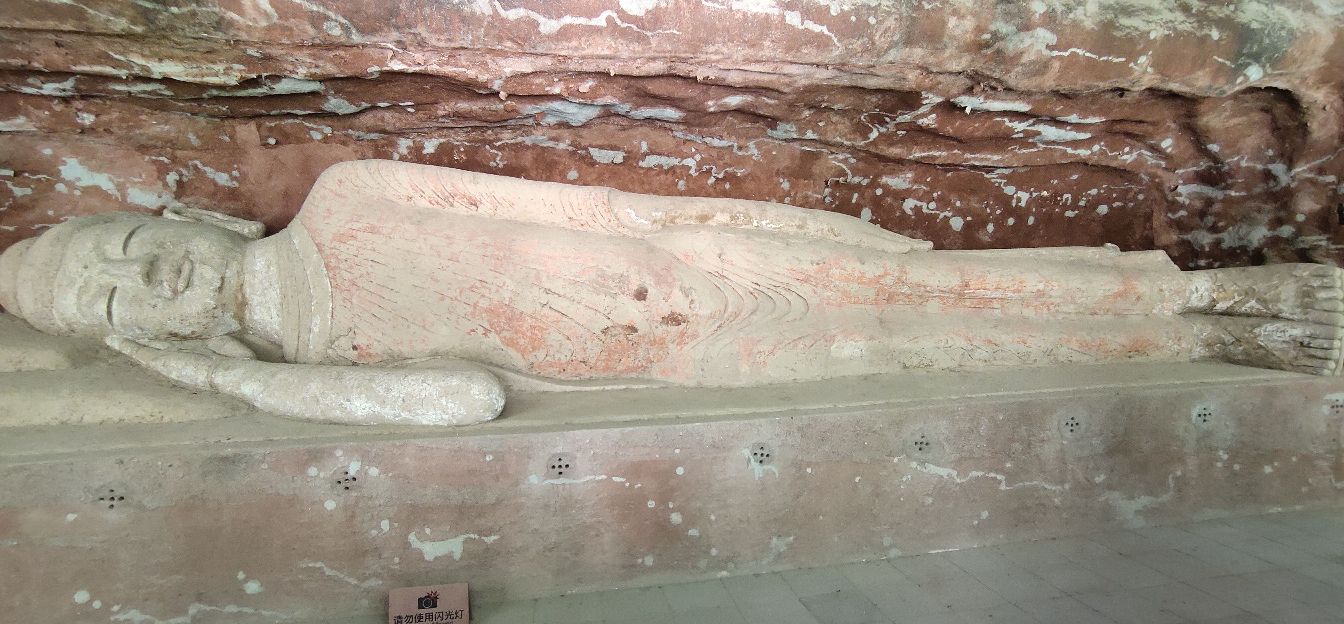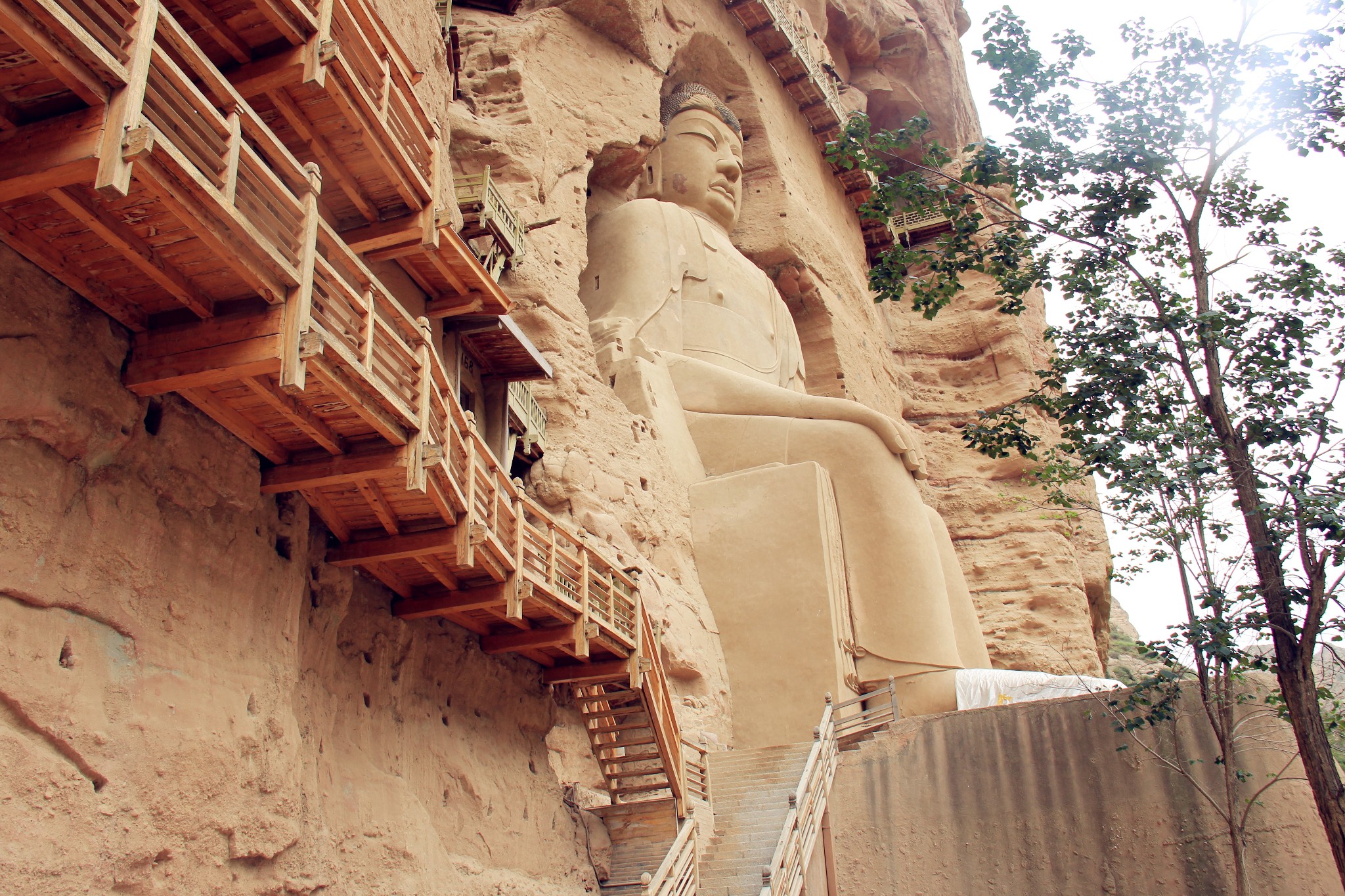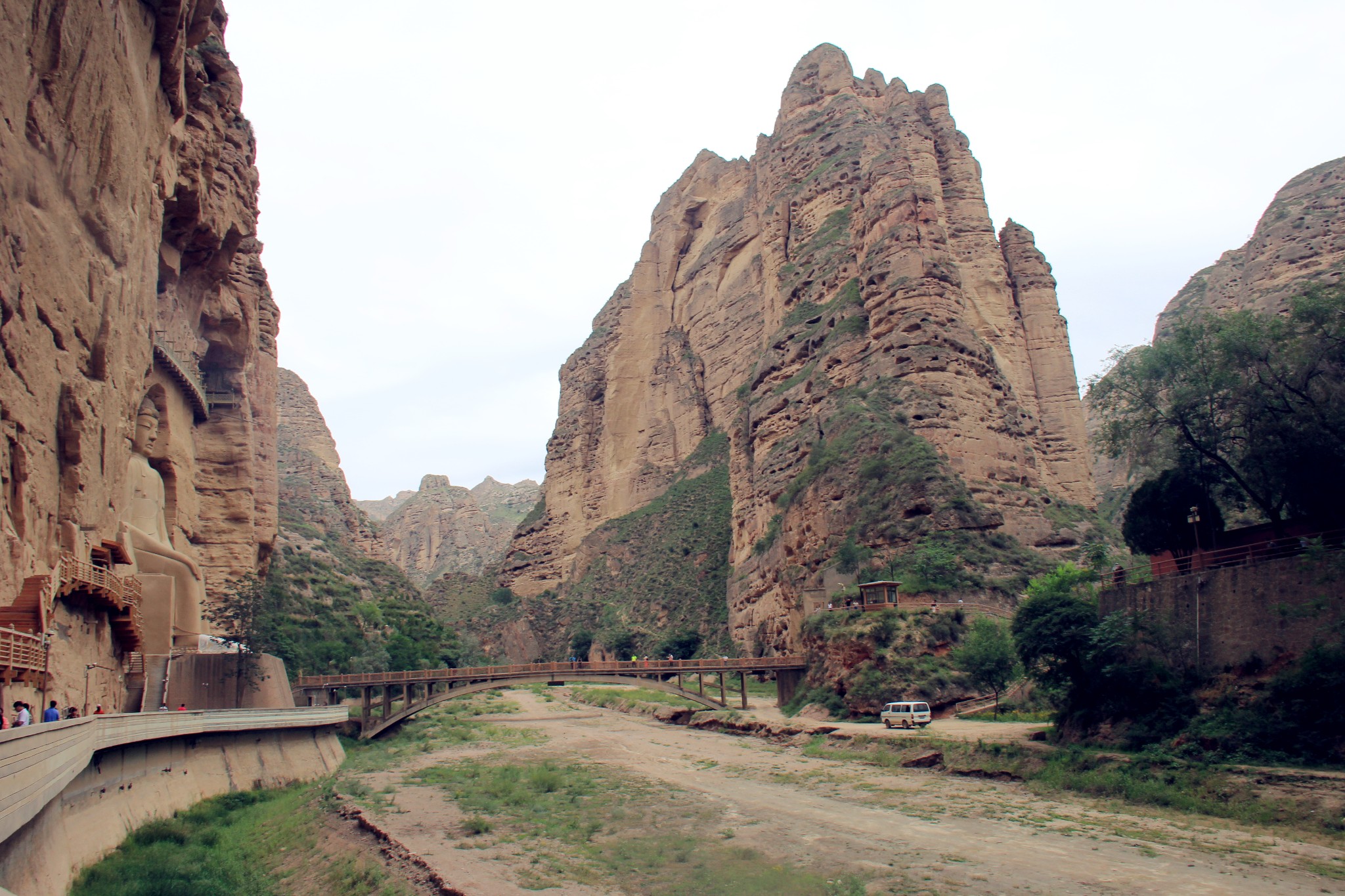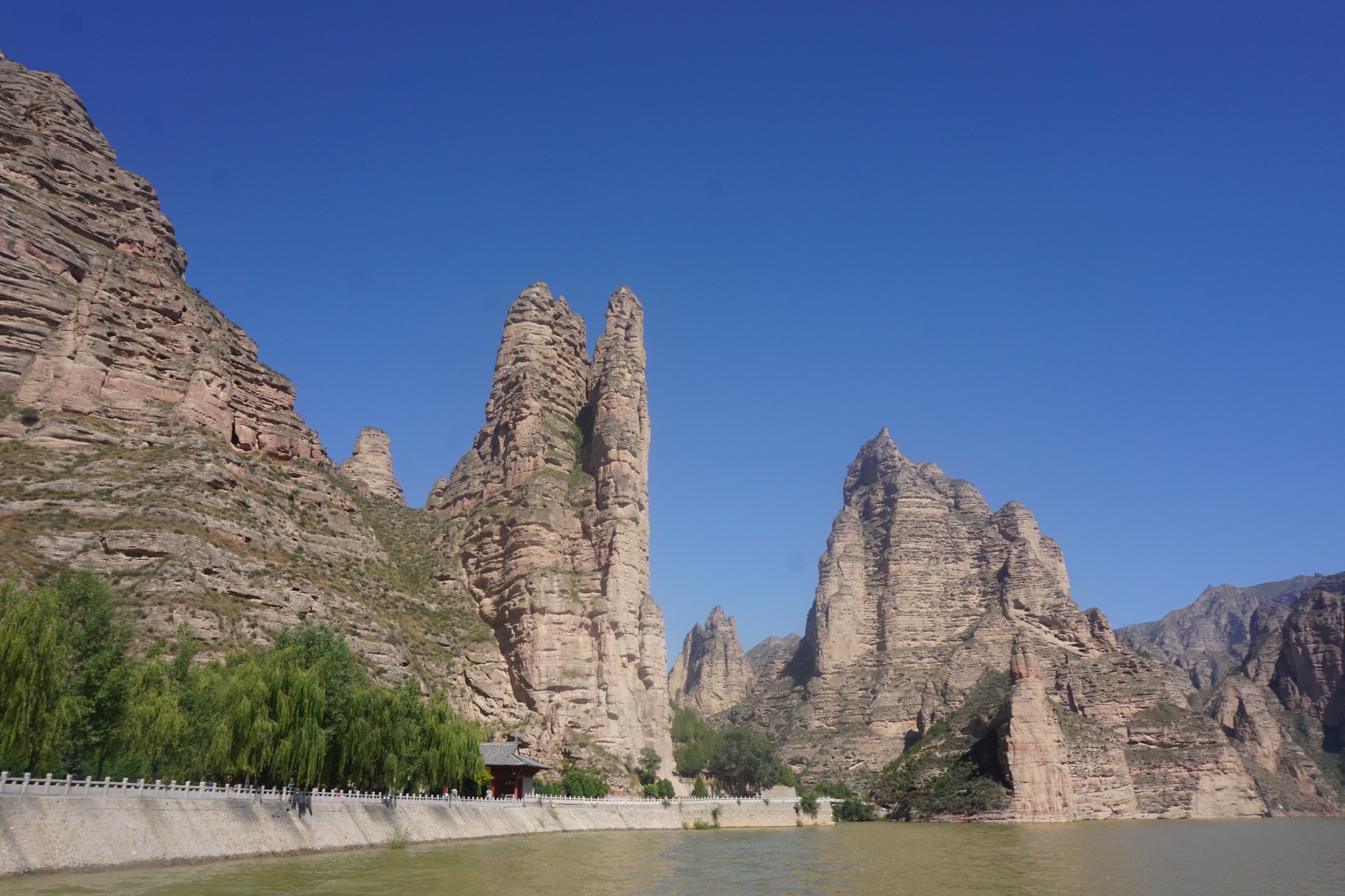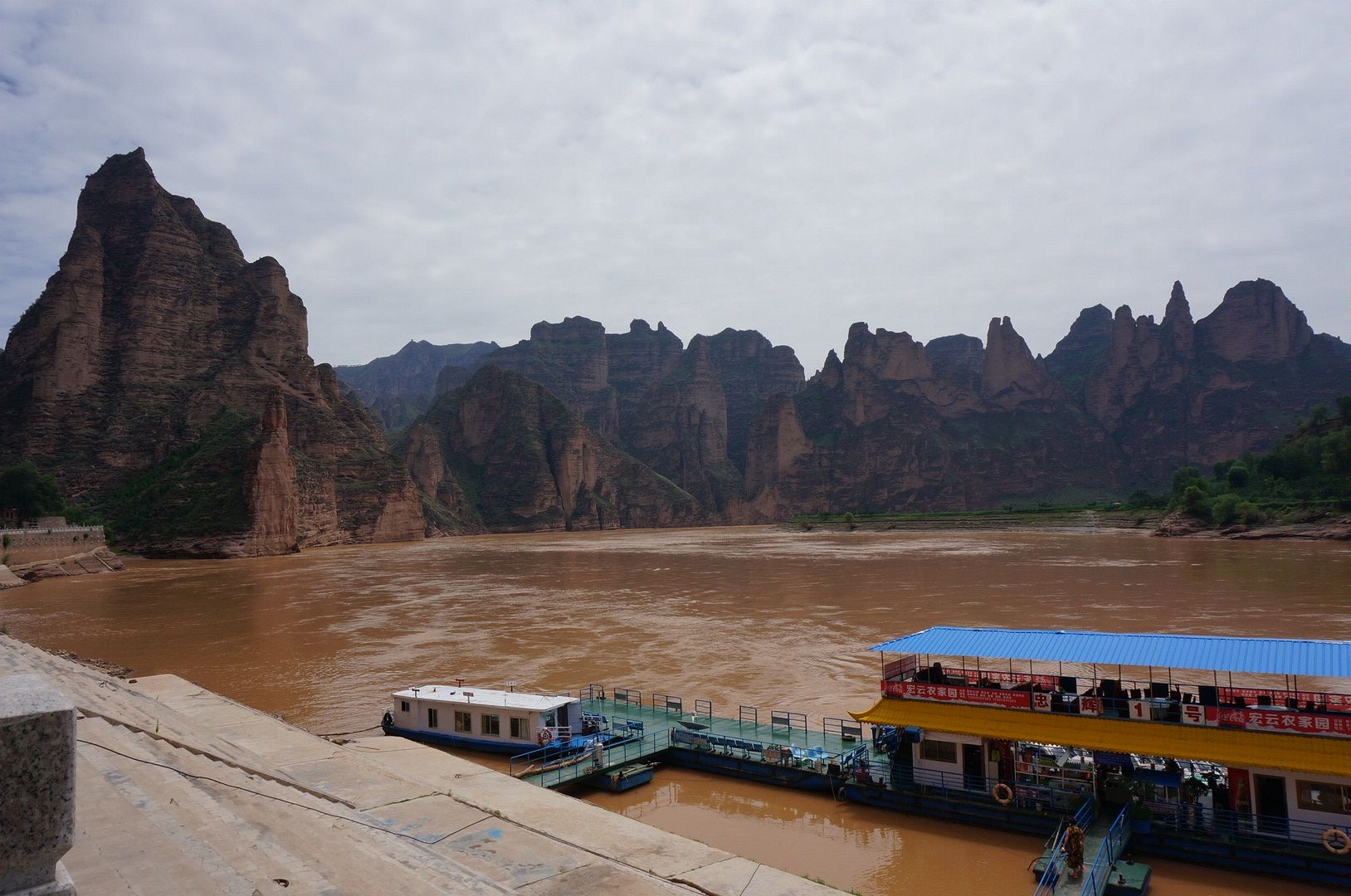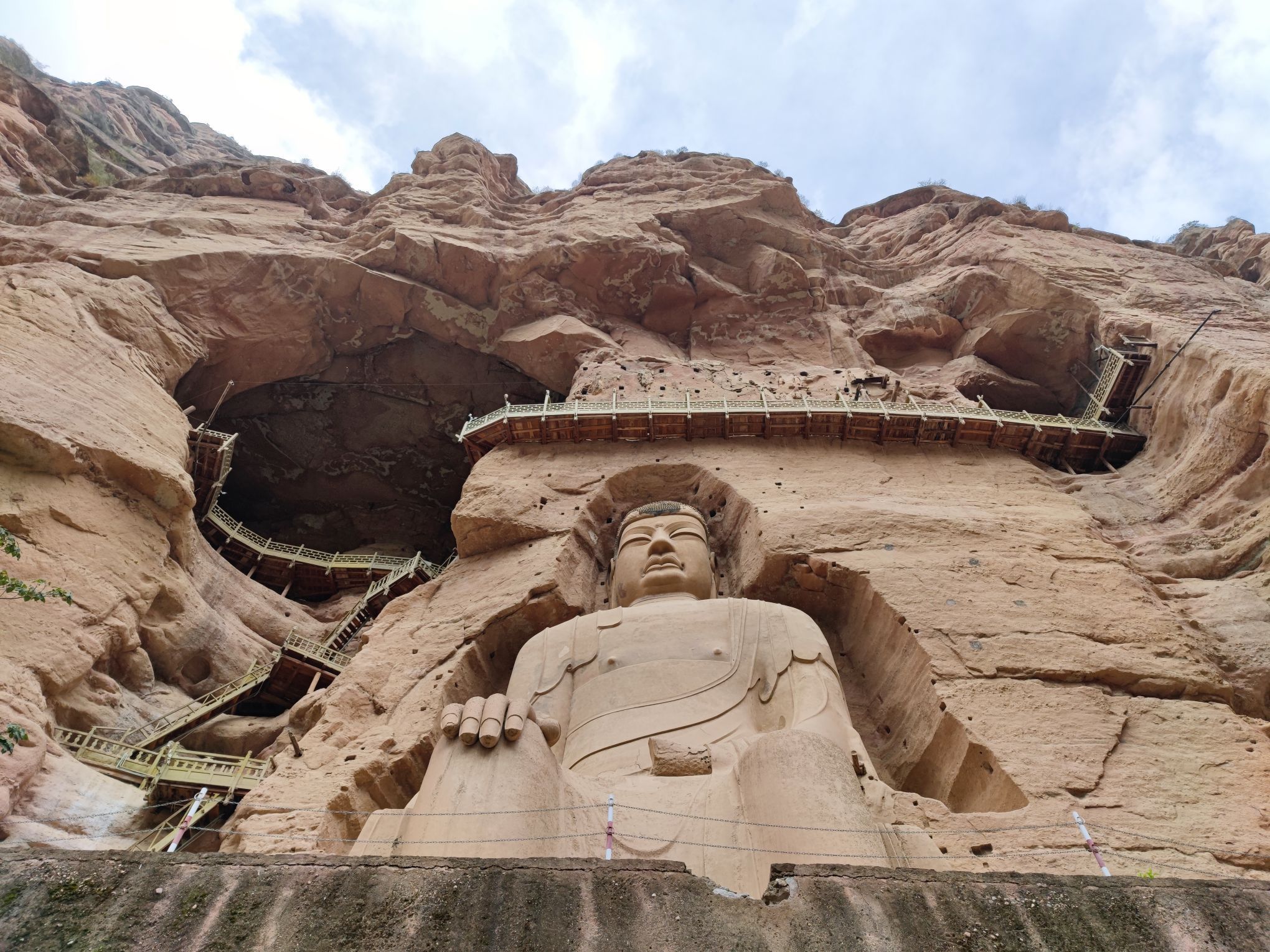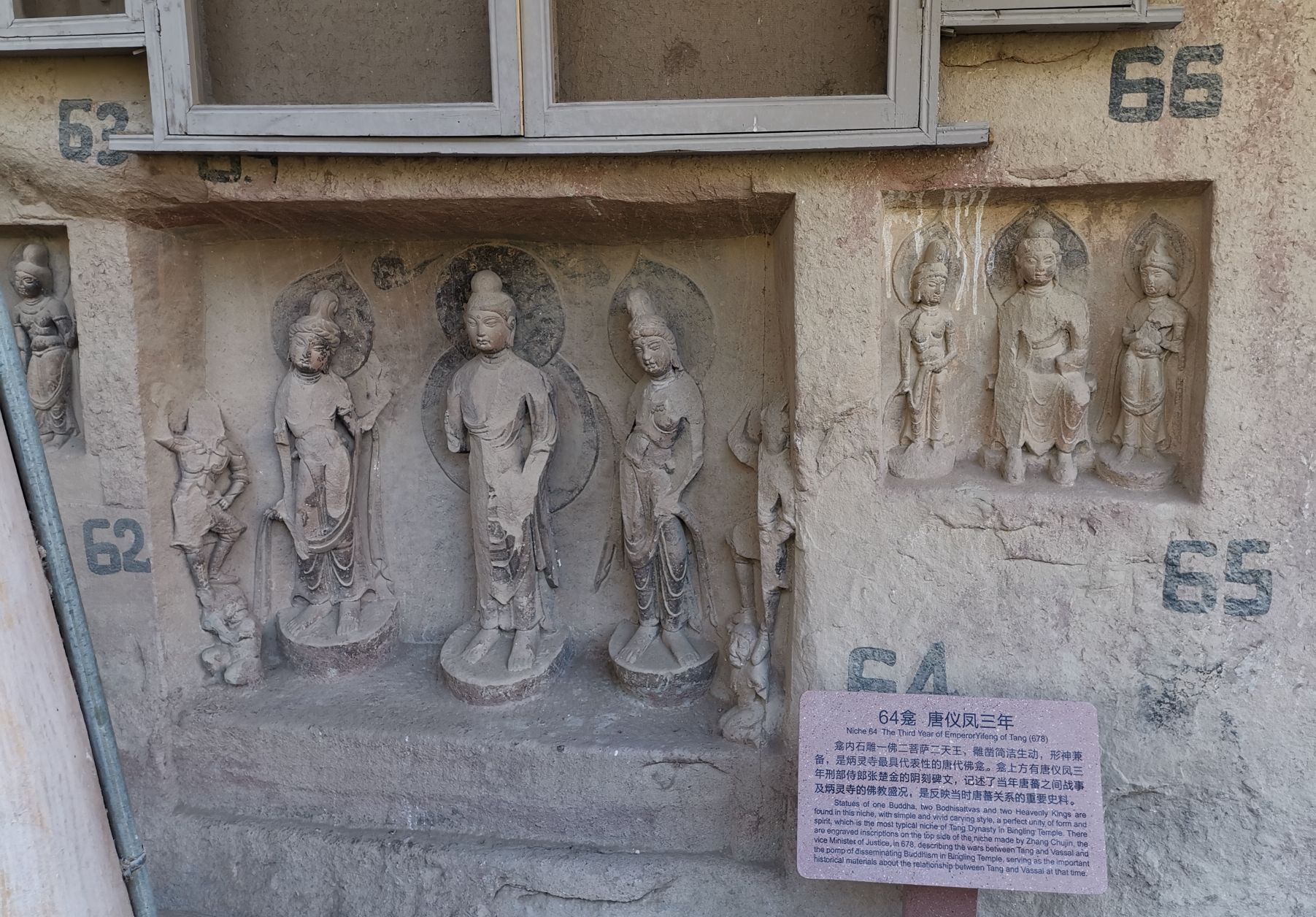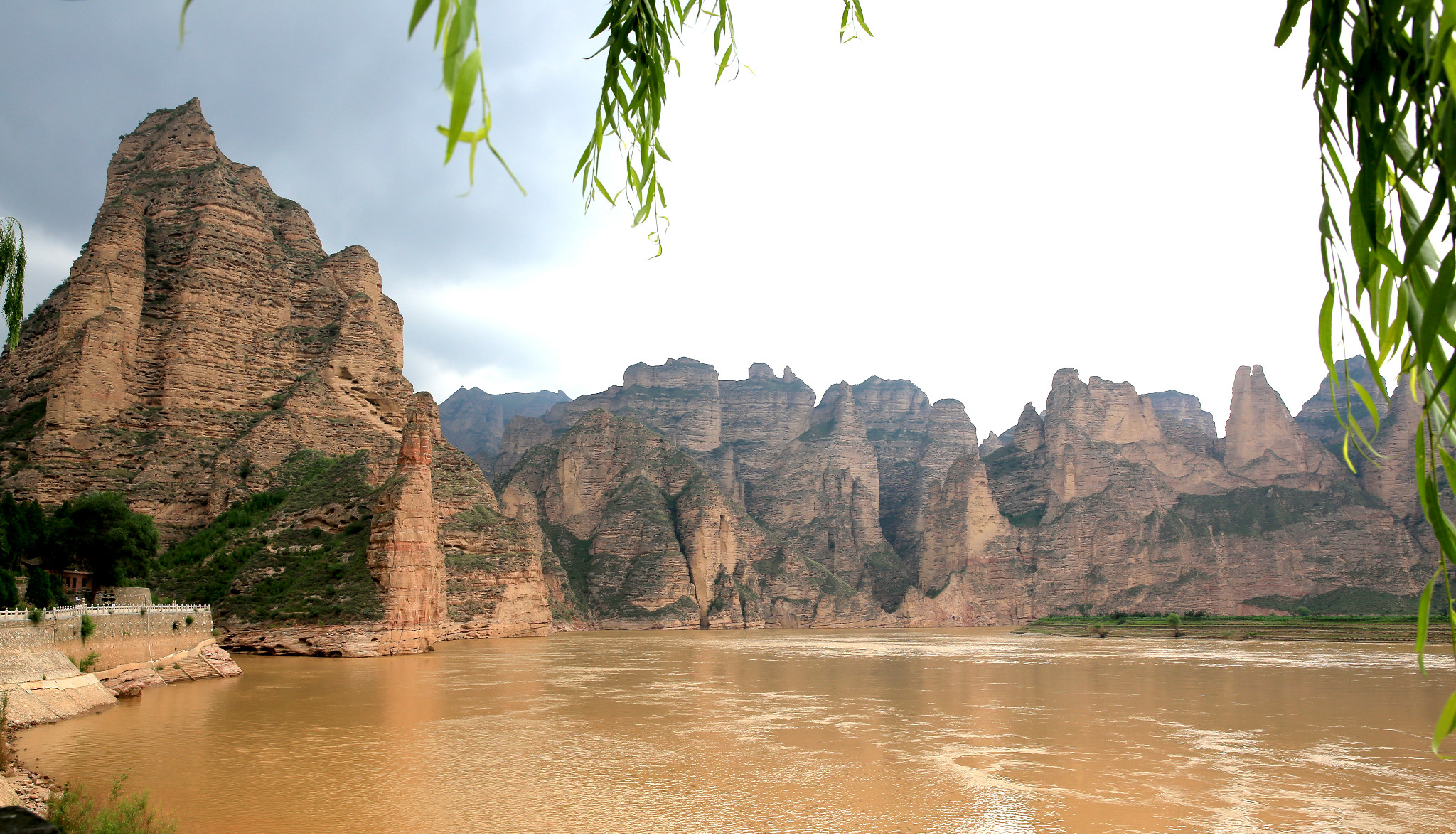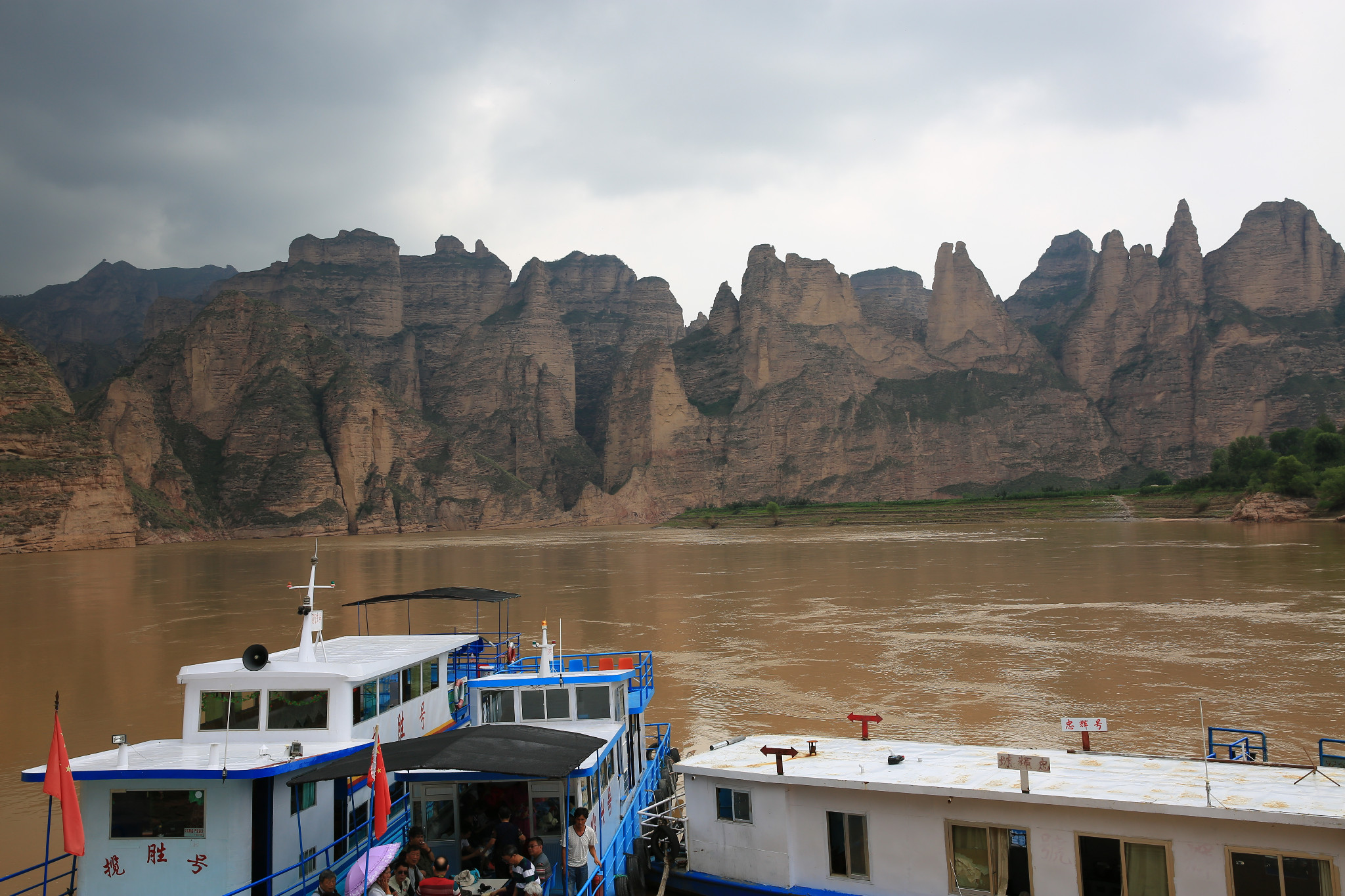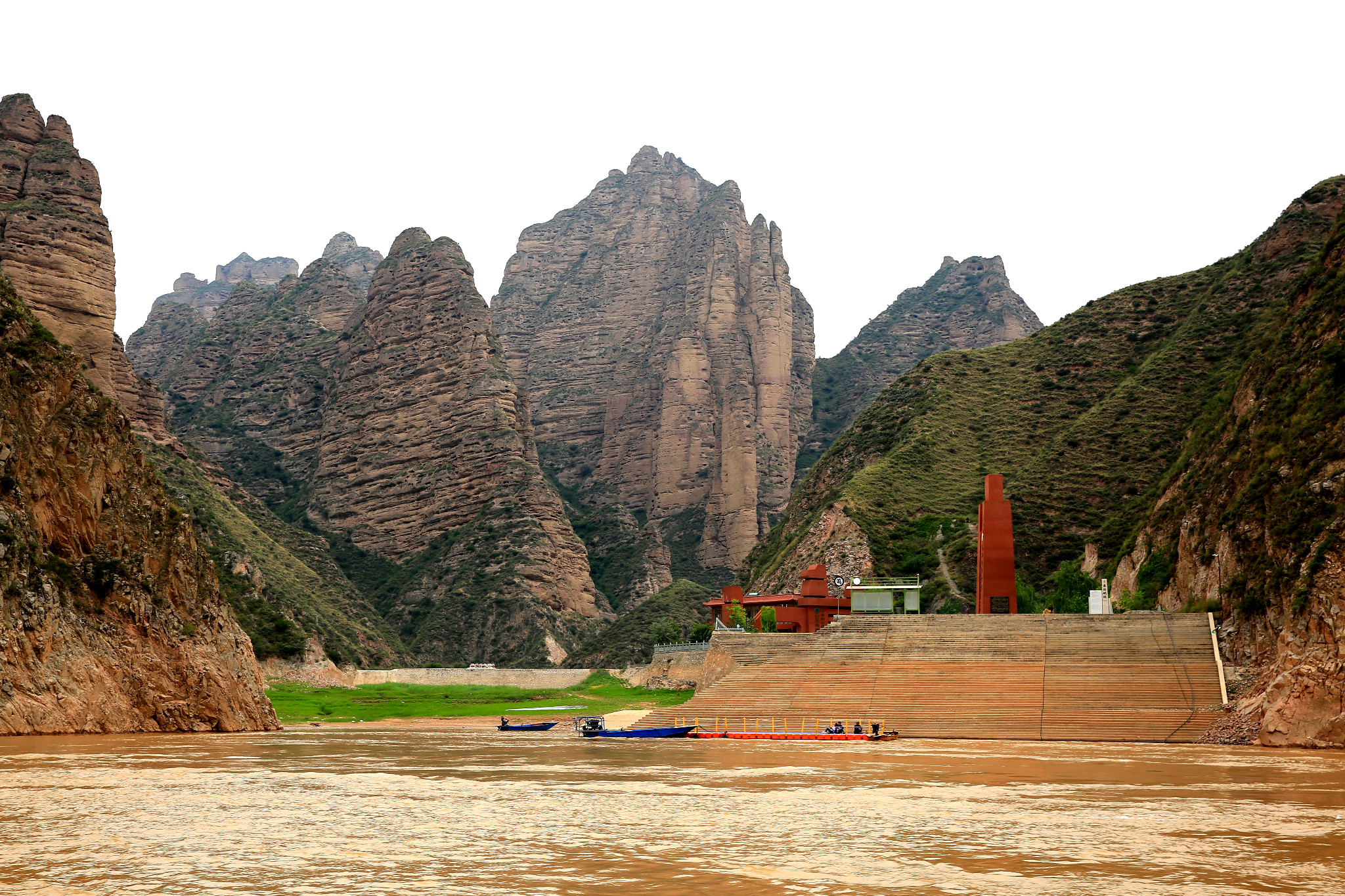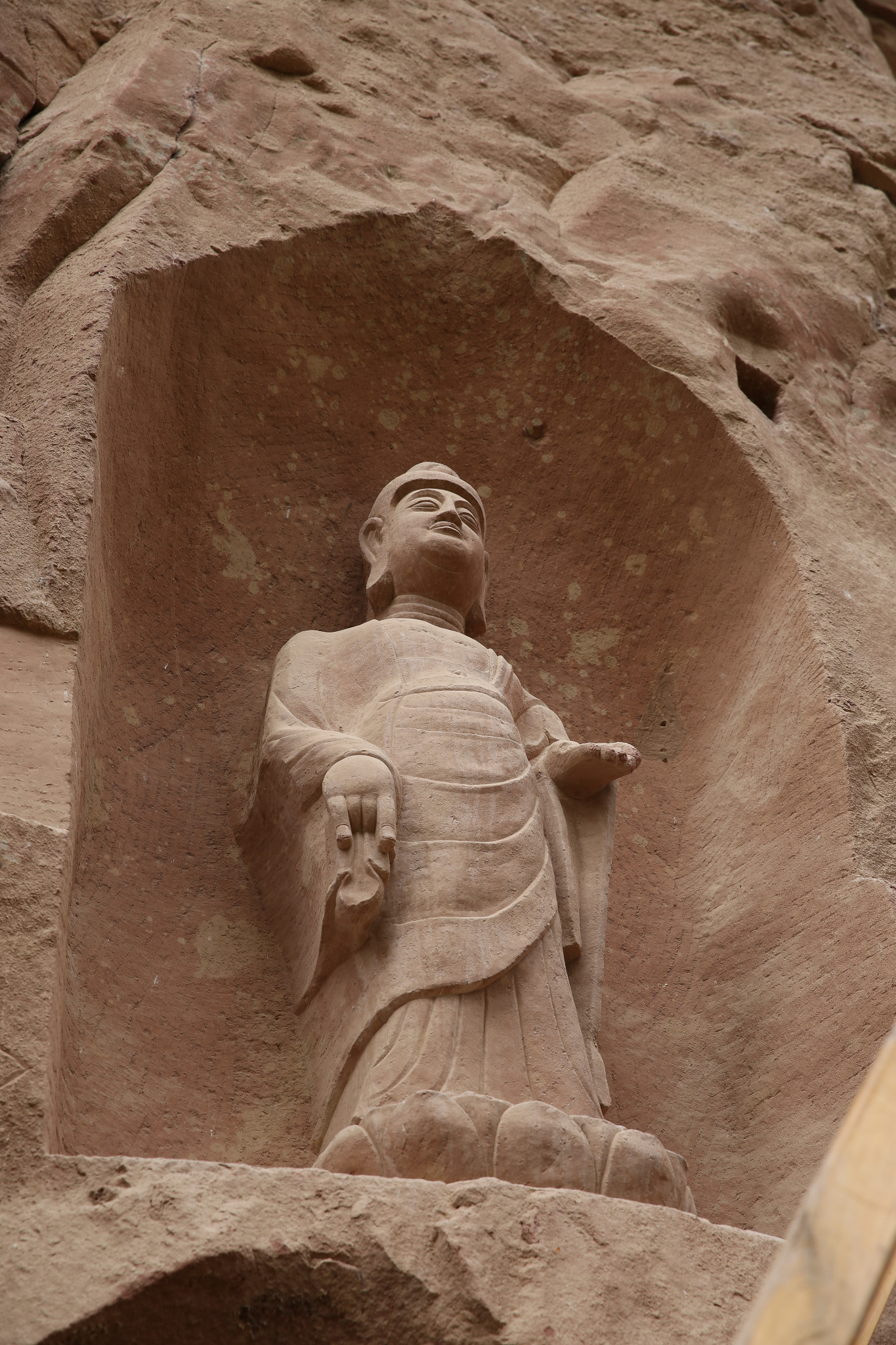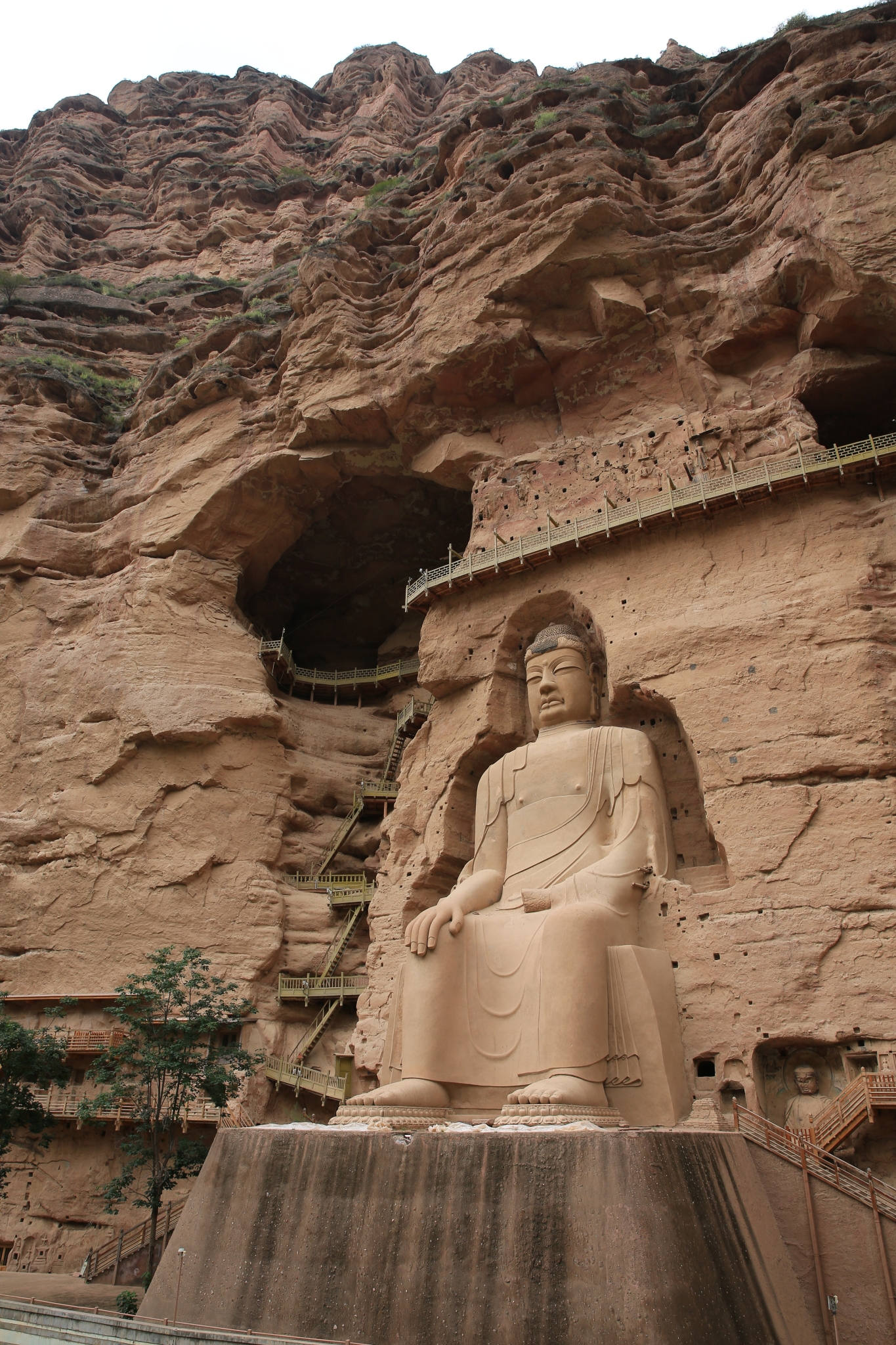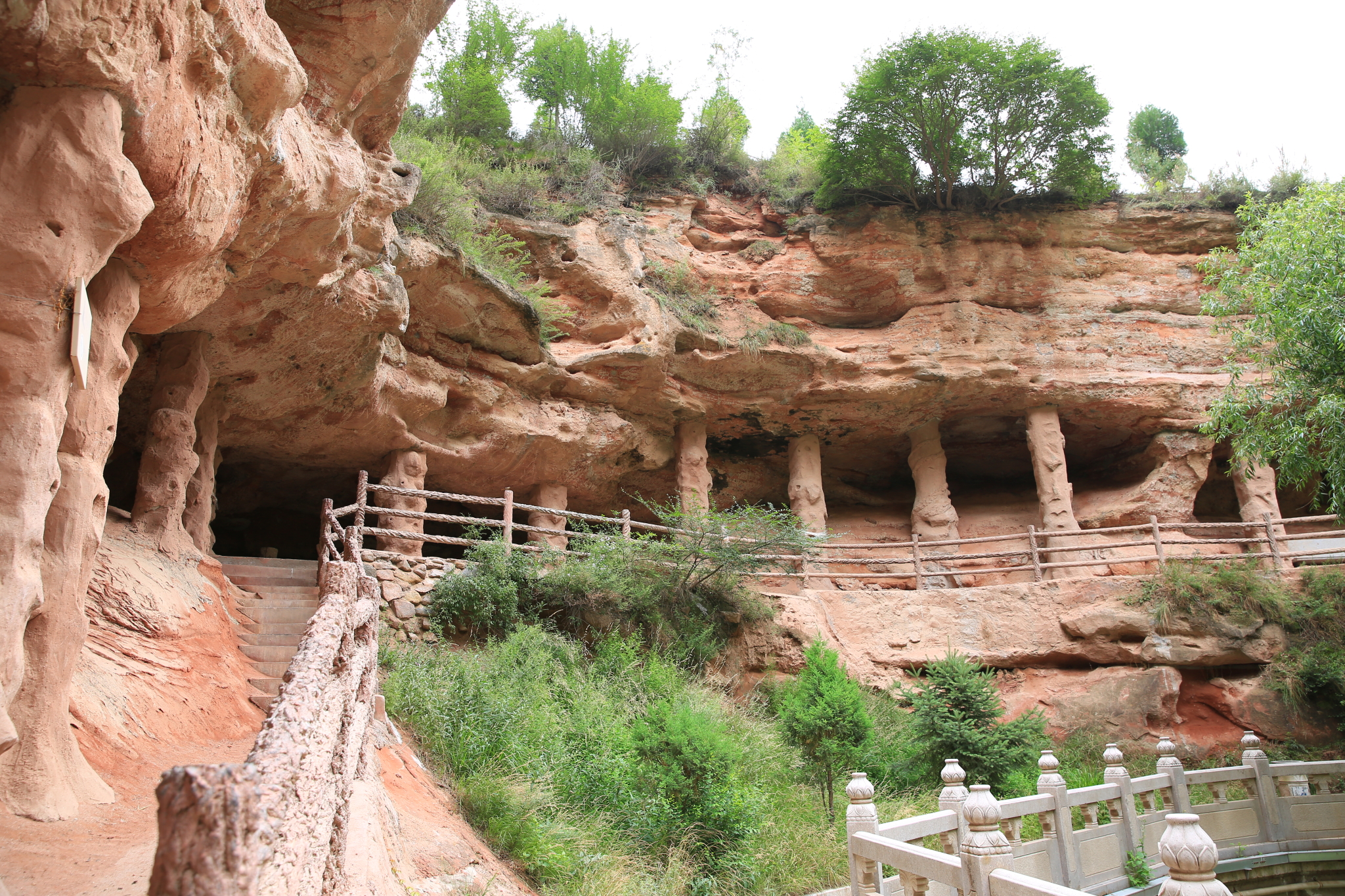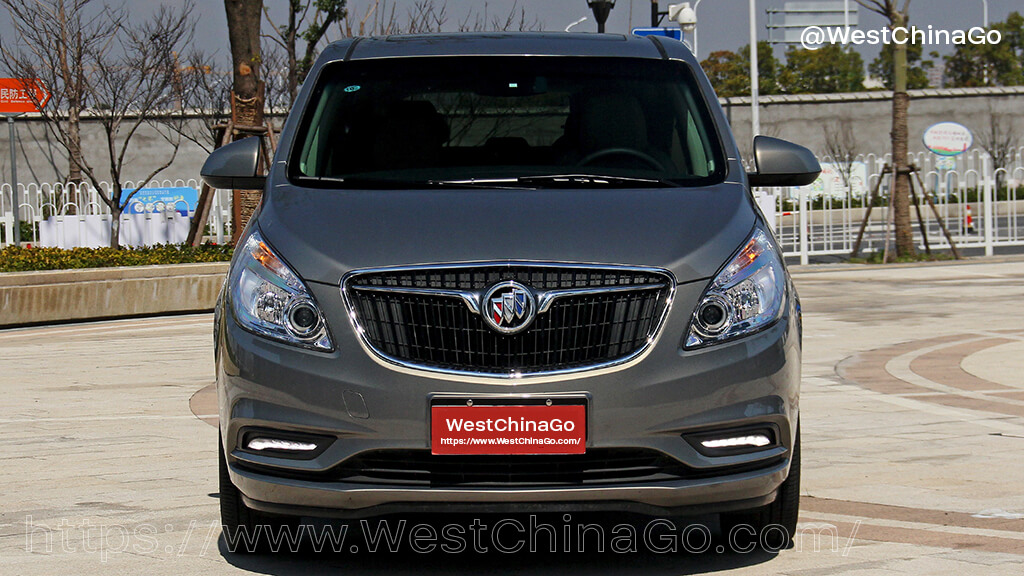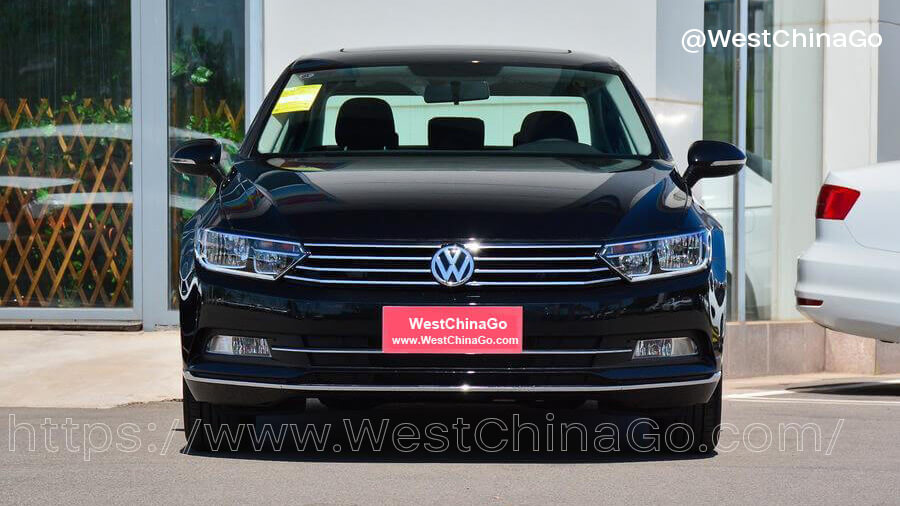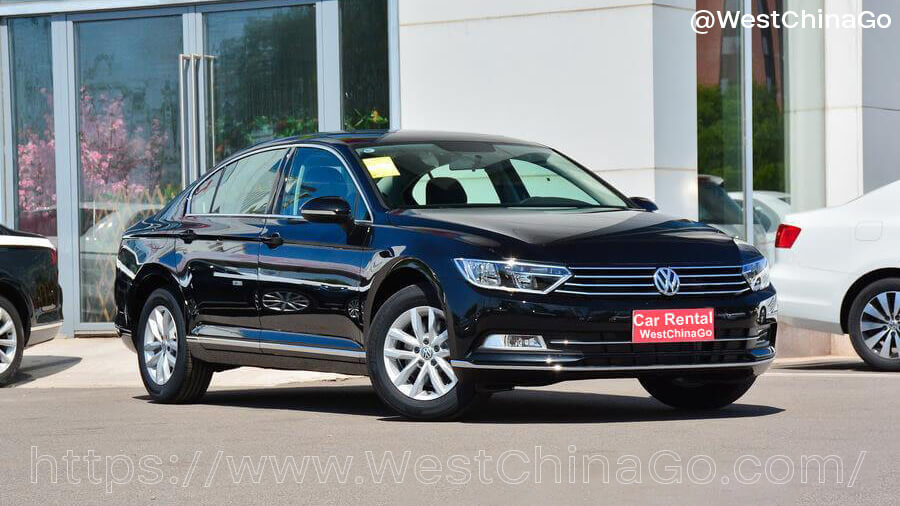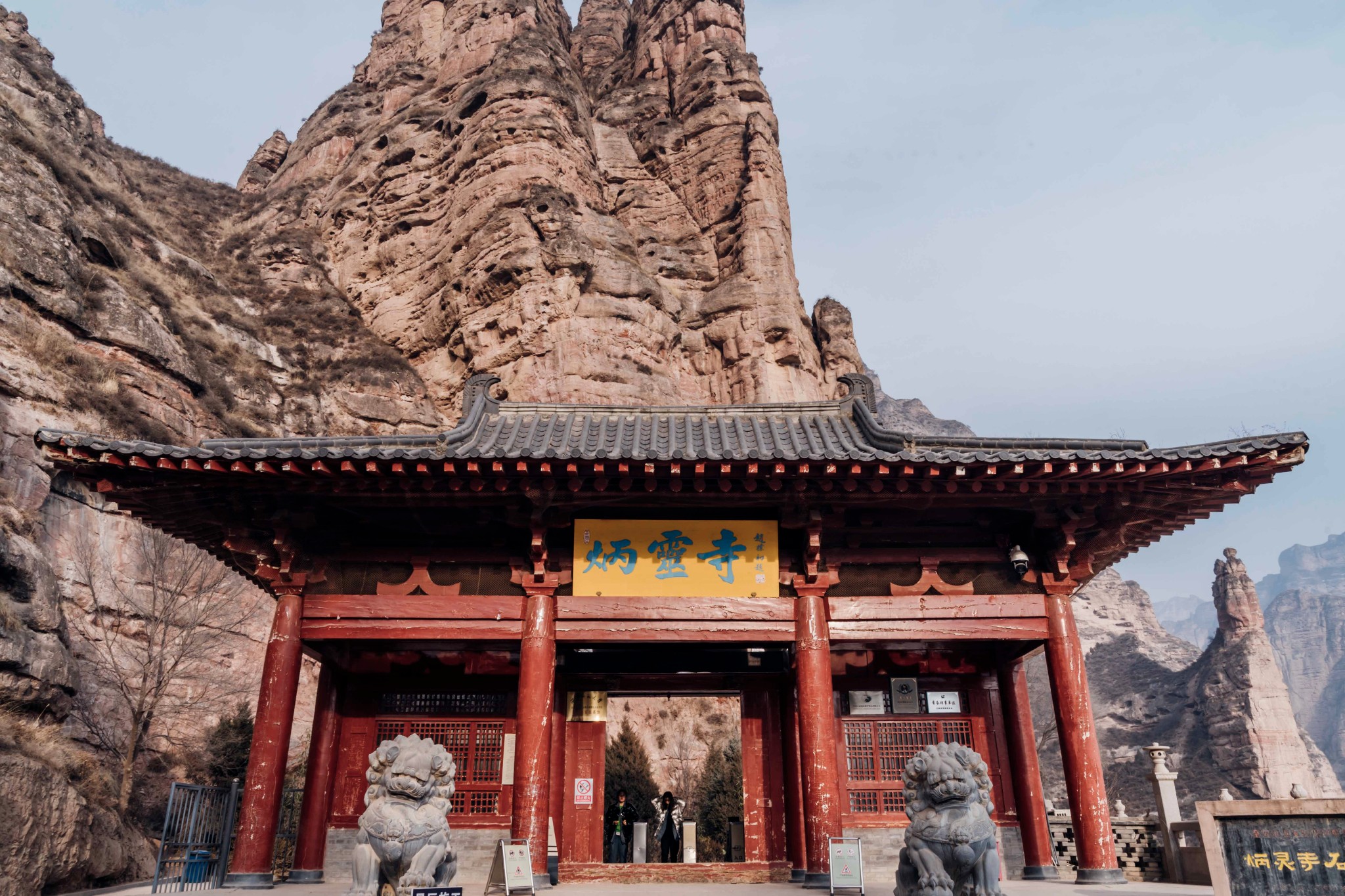
GanSu BingLing Temple
- Chinese name: 炳灵寺
- Location: 35 kilometers south of Yongjing County, Linxia Hui Autonomous Prefecture, Gansu Province 甘肃省临夏回族自治州永靖县县南35公里处
- Climatic Conditions: Subtropical Monsoon Climate
- Opening hours: 9:00-18:00, no admission at 16:00.
- Attraction level: AAAAA level /World Heritage
- Ticket price: ¥50
- Famous Attractions: Grottoes, Murals, etc.
- Tel: 0930-5921616
- Recommend Visiting Time: 1-3 H
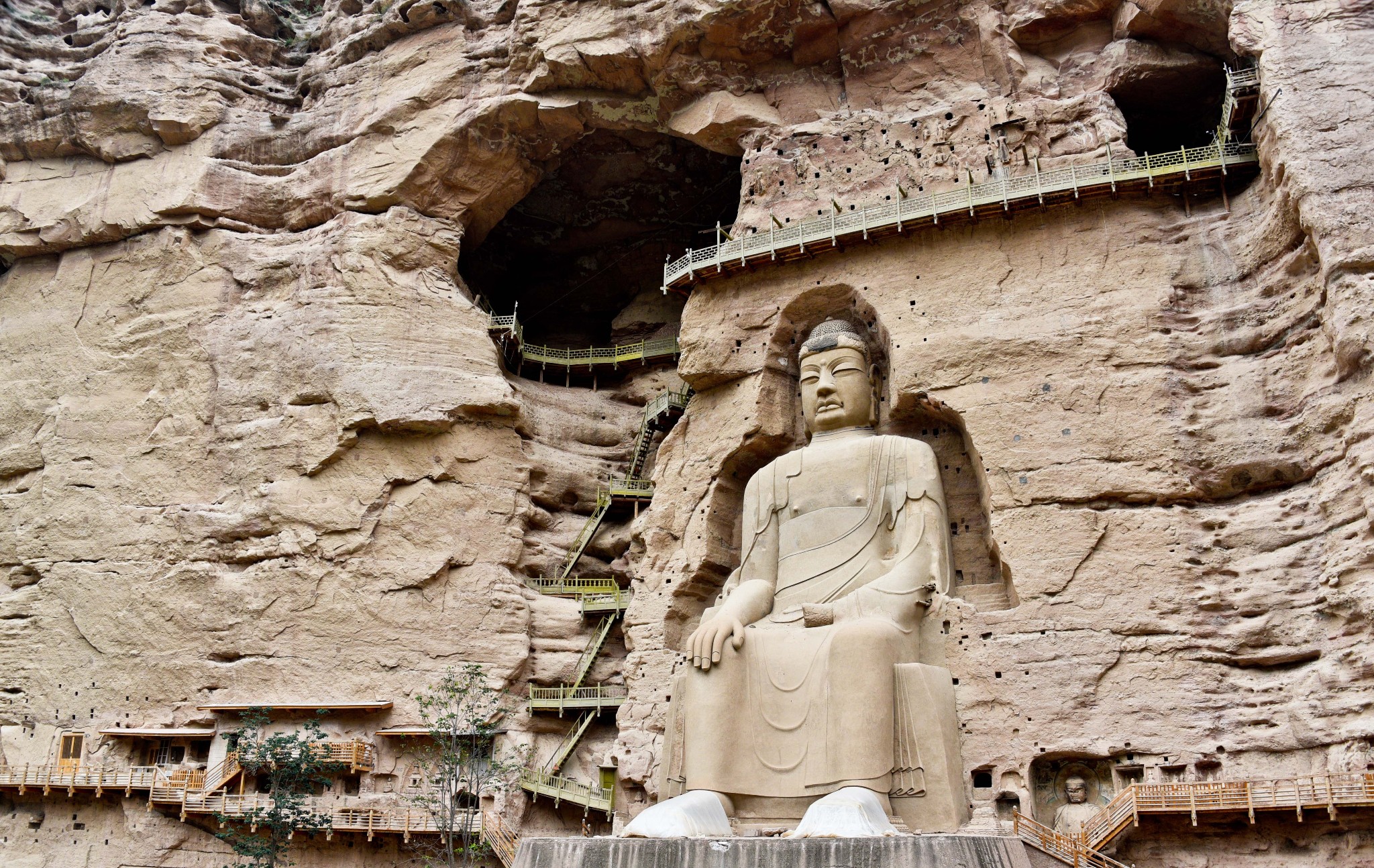
GanSu BingLing Temple Grottoes
Explore the Mystical Charm of Bingling Temple: A Hidden Treasure of Ancient China
A Marvel of Ancient Rock Art
Situated on the banks of the Yellow River in Gannan Tibetan Autonomous Prefecture, Bingling Temple is a UNESCO World Heritage Site that offers a glimpse into the spiritual and artistic achievements of ancient China. Dating back to the Western Qin Dynasty (5th century), the site features over 180 grottoes and 700 stone carvings, showcasing intricate Buddhist art and inscriptions that have withstood the test of time.
Awe-Inspiring Scenery and Architecture
Nestled amidst dramatic cliffs and tranquil waters, Bingling Temple is a perfect blend of natural beauty and human ingenuity. The towering Giant Buddha Statue, standing at 27 meters, is a highlight of the site, exuding serenity and spiritual majesty. The temple’s remote location, accessible by boat, adds a sense of adventure to the journey, making it a unique and rewarding experience.
A Cultural and Historical Gem
Bingling Temple is not only a spiritual sanctuary but also a repository of ancient history and culture. The grottoes display influences from Central Asia, India, and China, reflecting the cultural exchanges along the Silk Road. Visitors can explore the stories behind the murals and carvings, delving into the rich tapestry of Buddhist teachings and artistic traditions.
Why Visit Bingling Temple?
Bingling Temple offers a rare combination of cultural depth, artistic brilliance, and natural splendor. Ideal for history enthusiasts, art lovers, and adventurers, this hidden gem invites travelers to step back in time and immerse themselves in the spiritual and cultural legacy of China’s past.
Plan your journey to Bingling Temple and experience the awe-inspiring beauty of one of China’s most extraordinary heritage sites!
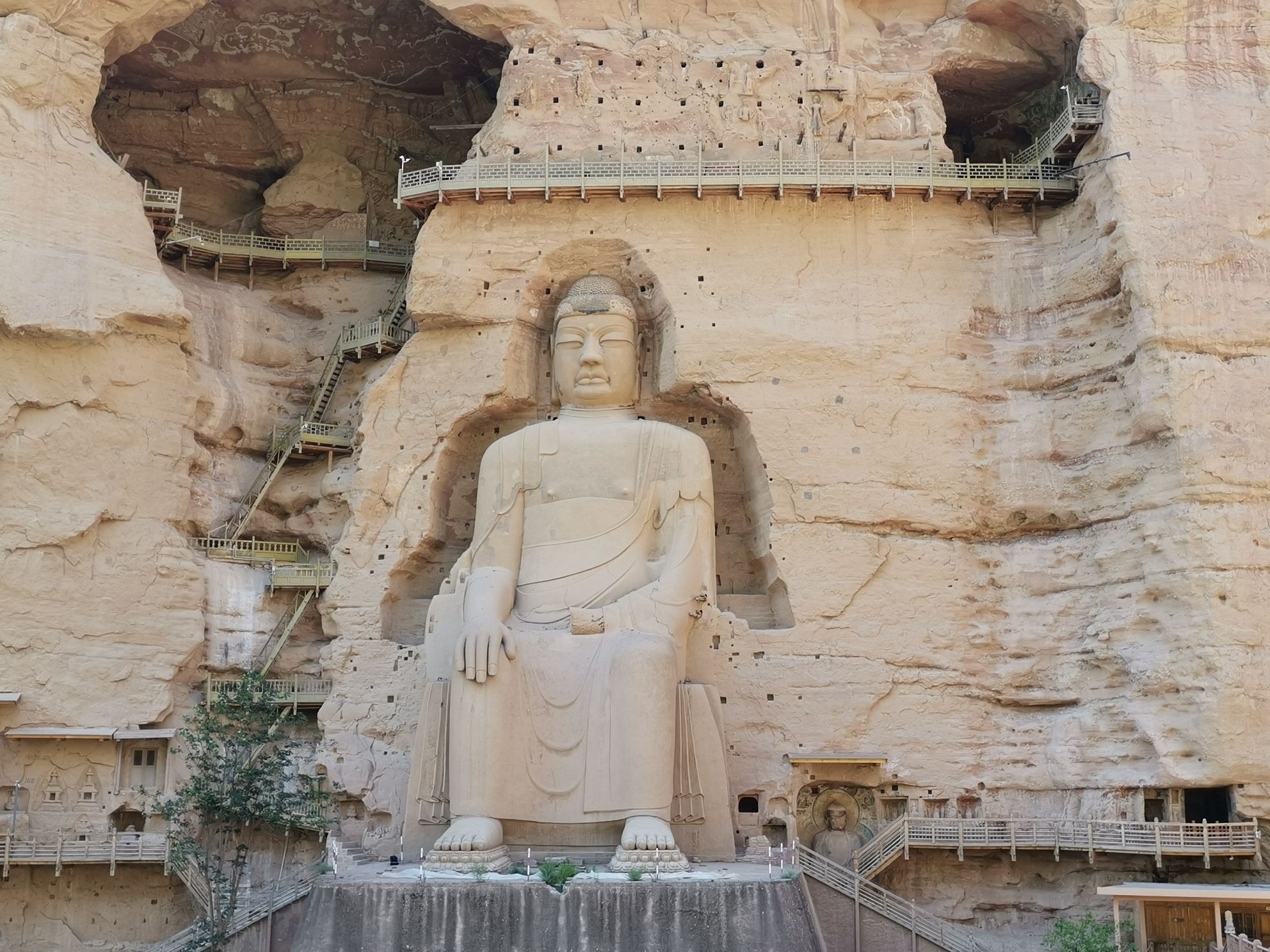
GanSu BingLing Temple Video
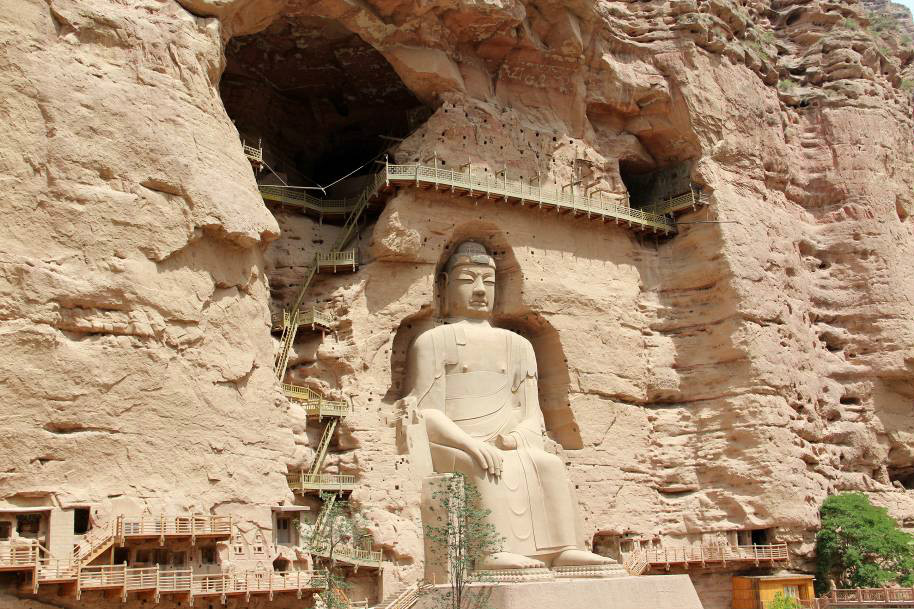
GanSu BingLing Temple Tour Transfer: Lanzhou Car Rental with Driver
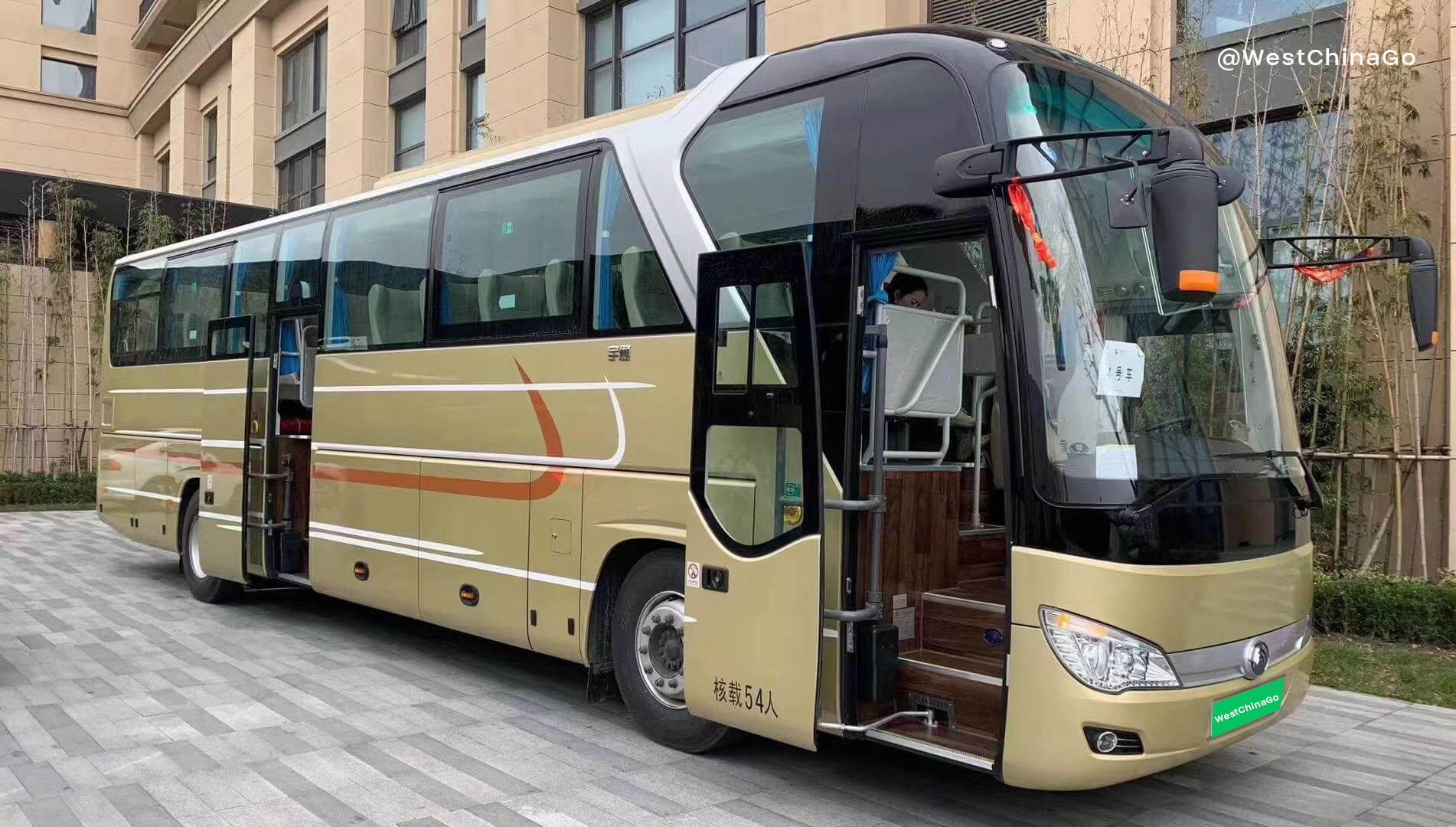
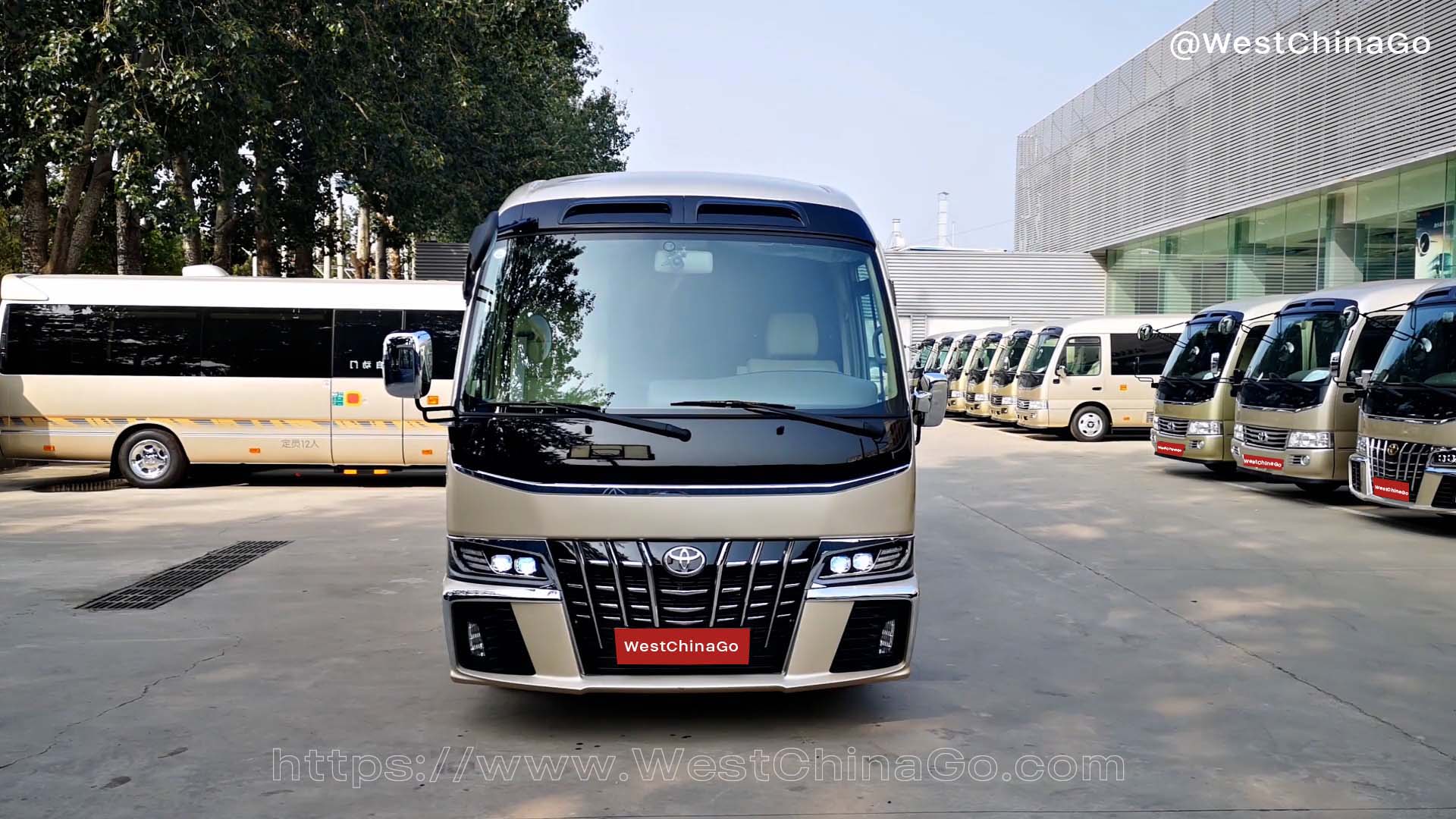
GanSu BingLing Temple Grottoes Tourist Map
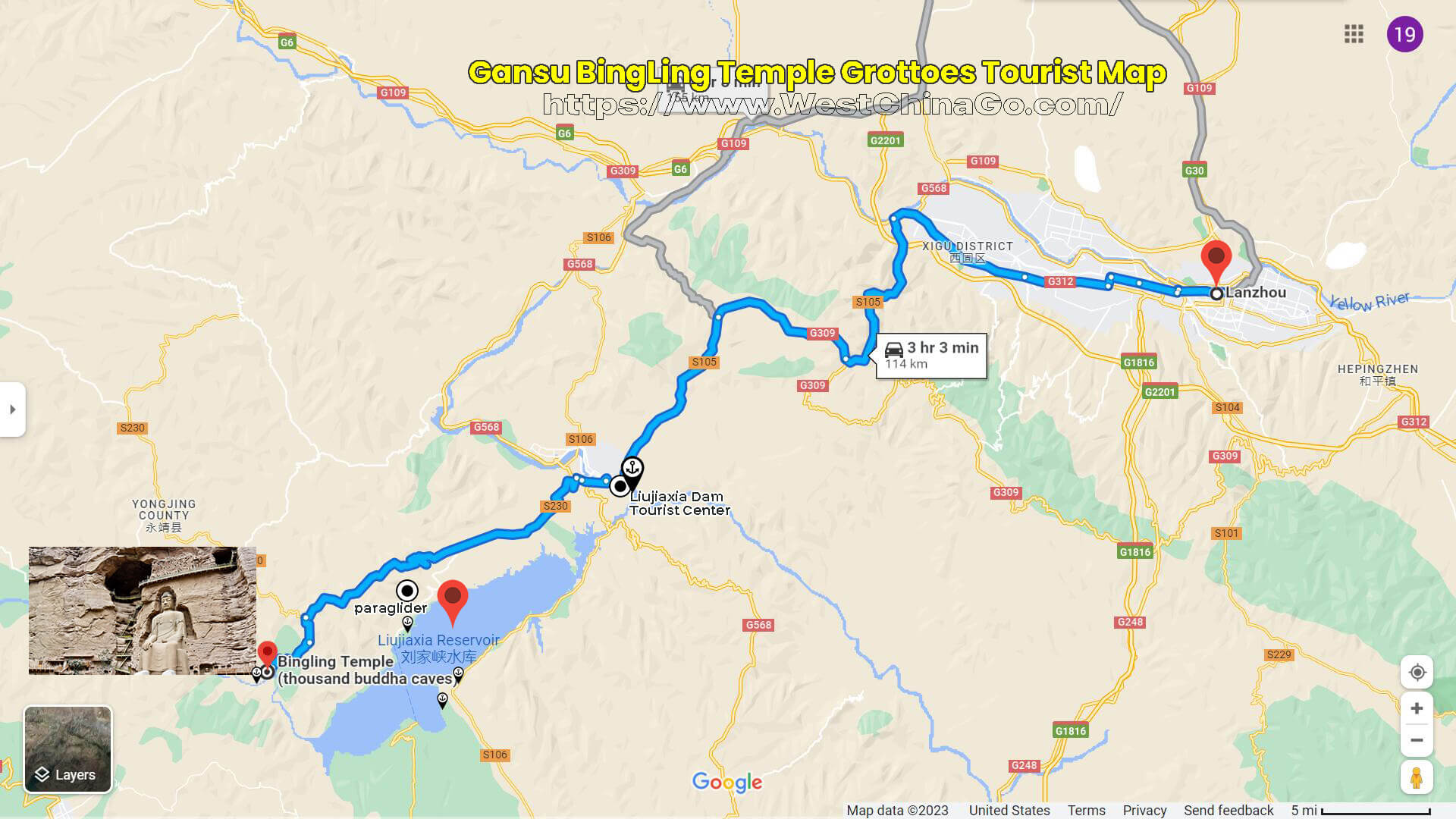
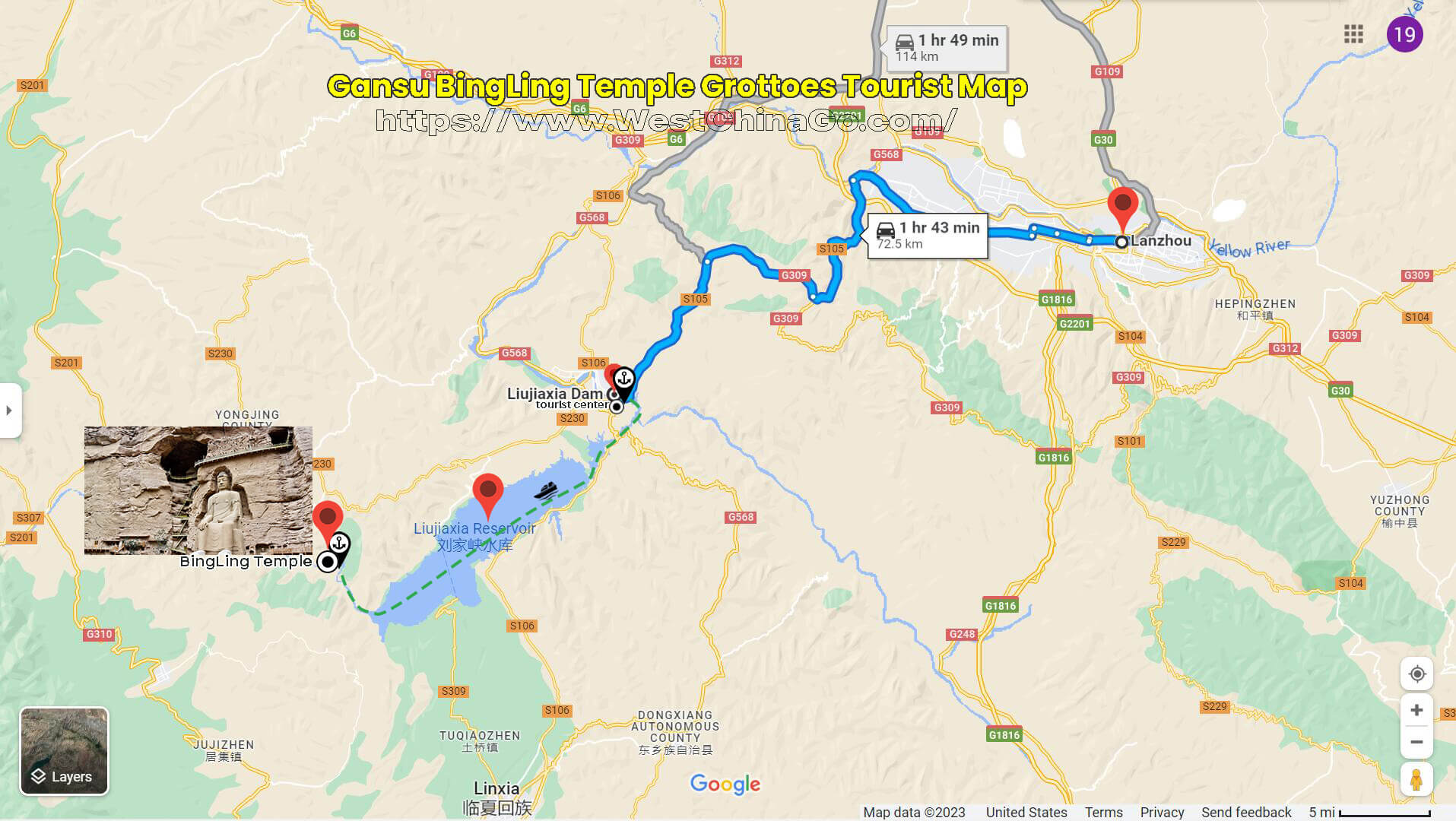
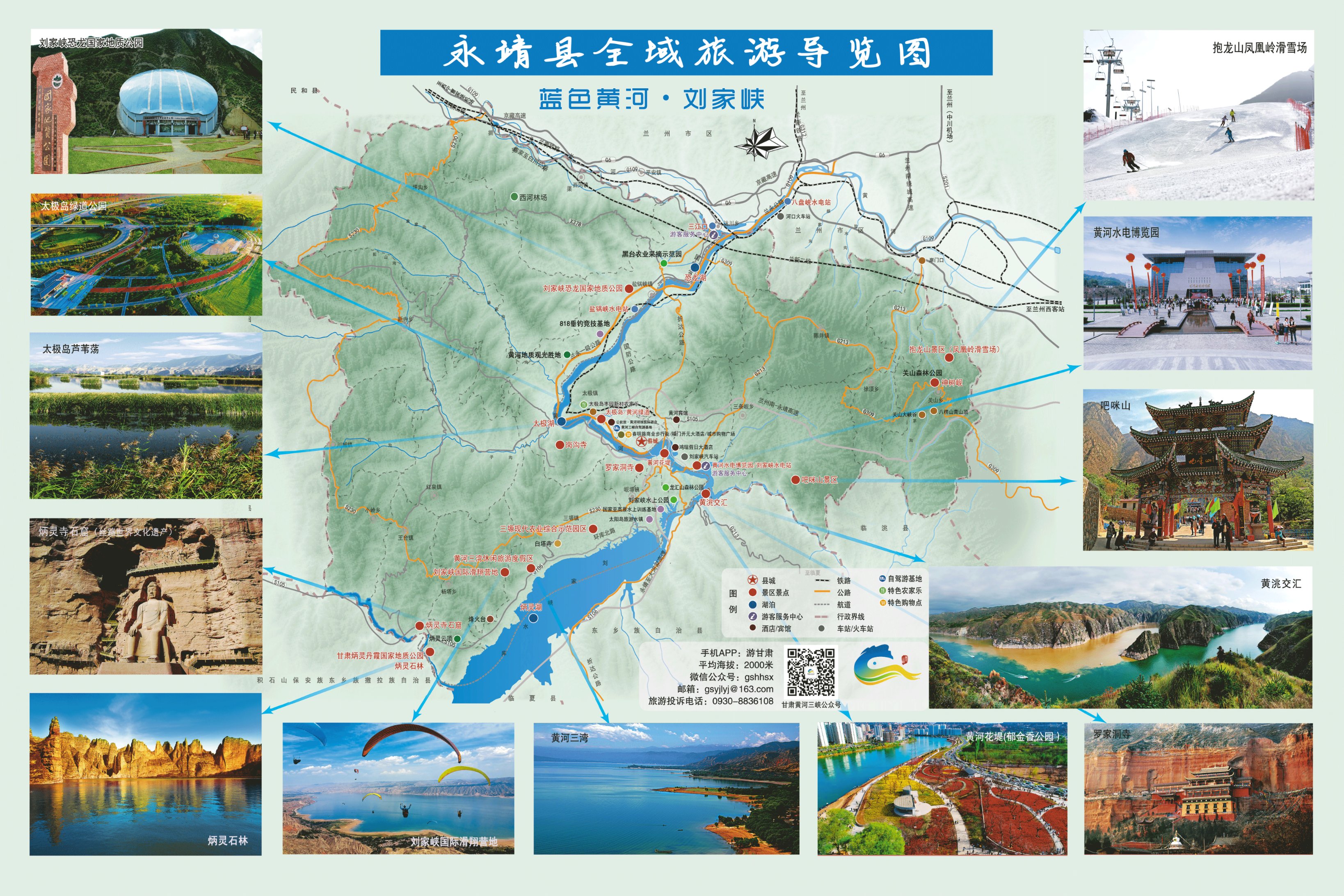
GanSu BingLing Temple Travel Guide
Explanation fee:
- Extra 530 yuan plus the fee for special caves (Chinese)
- Extra 50 yuan ticket for ordinary caves, plus 50 yuan explanation for ordinary caves (Chinese)
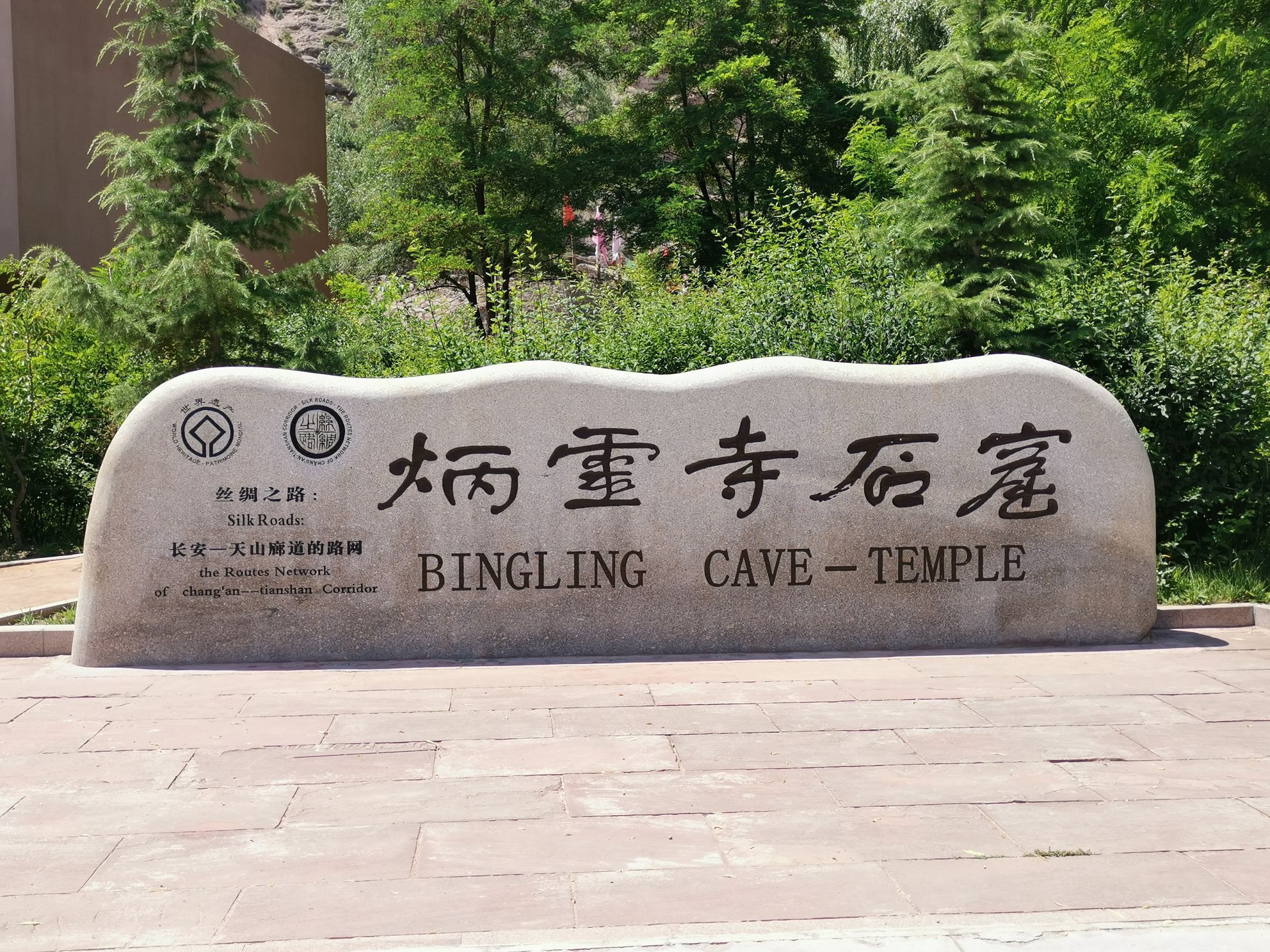
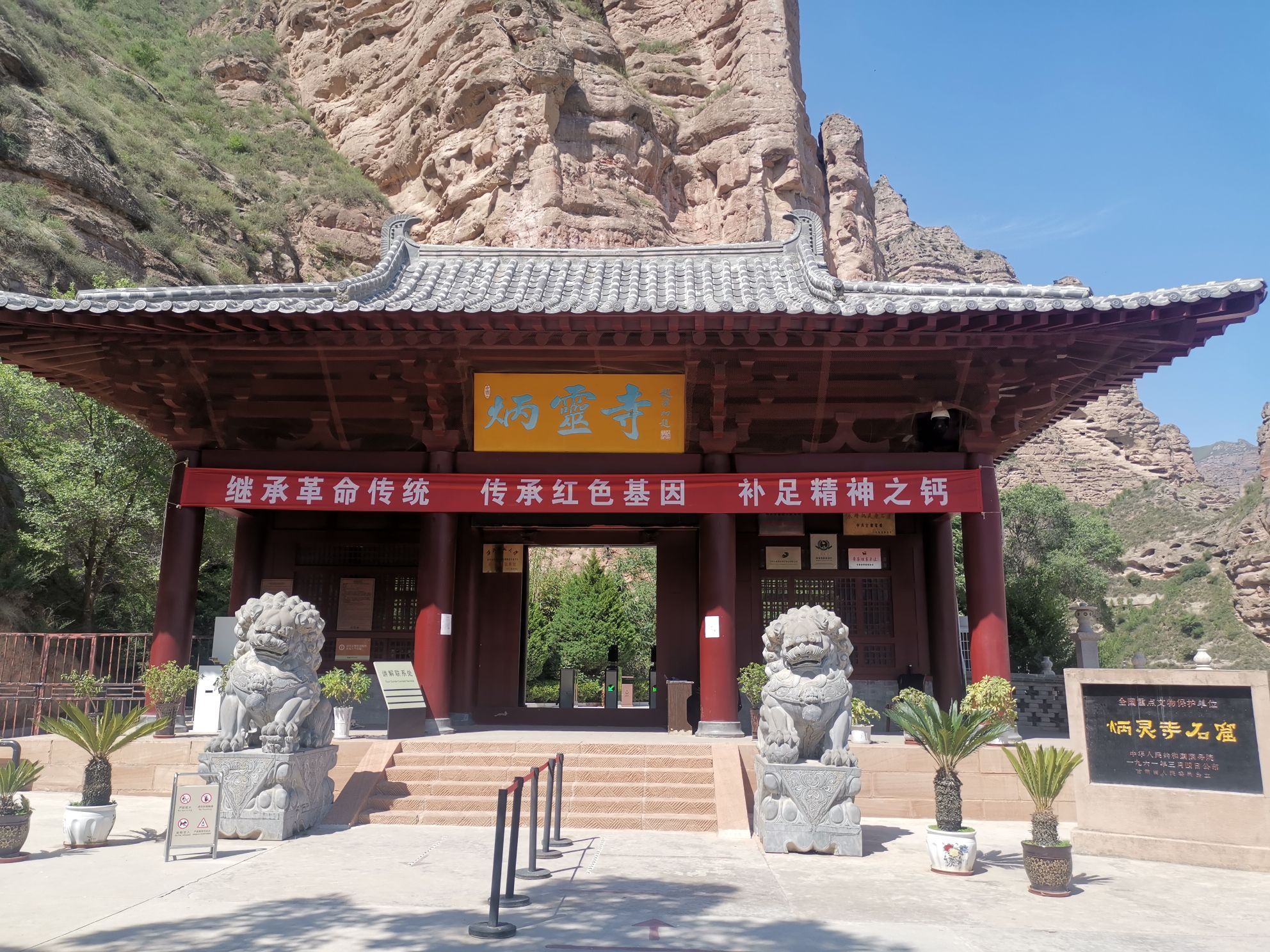
Things To Do
Yellow River Cruise
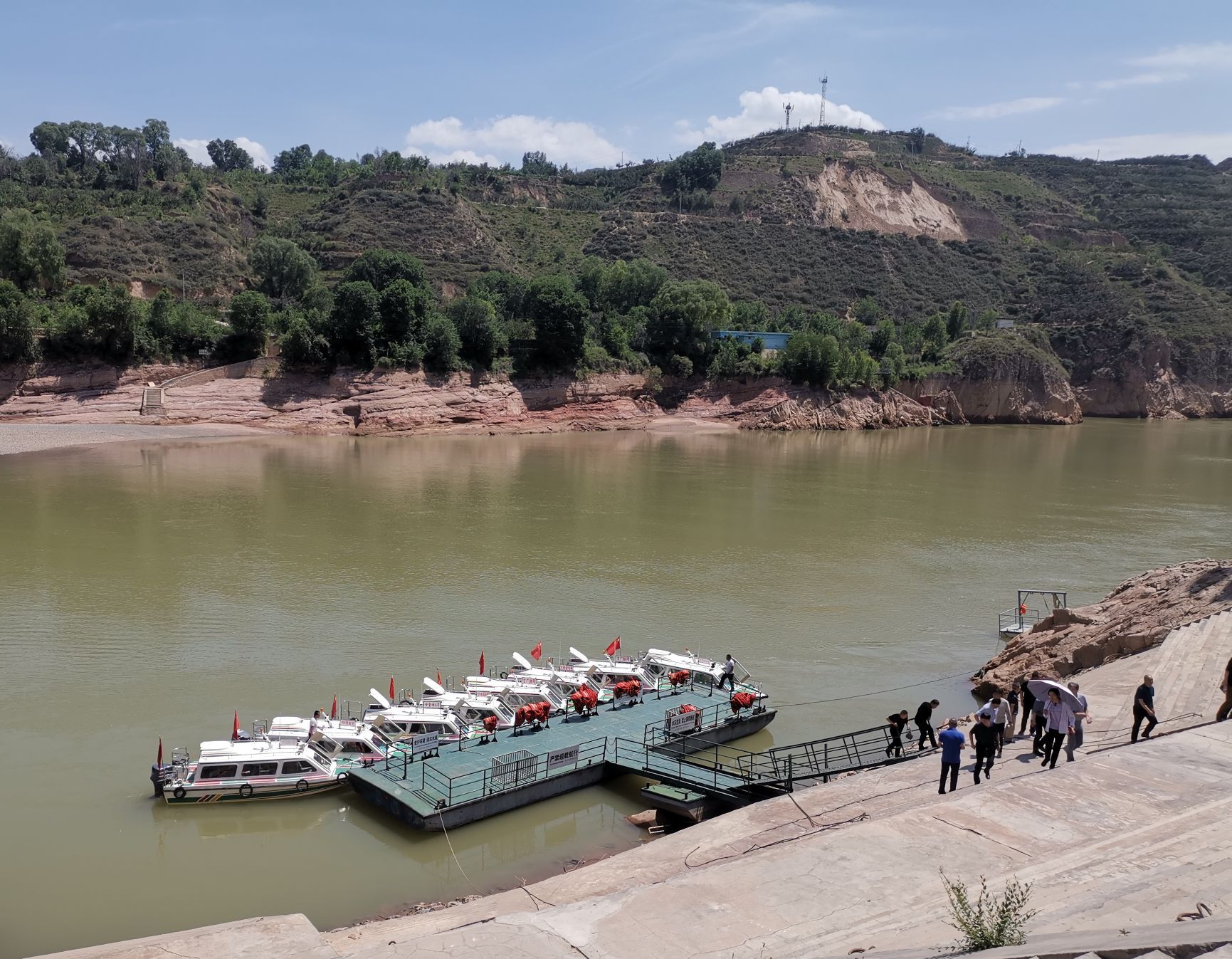
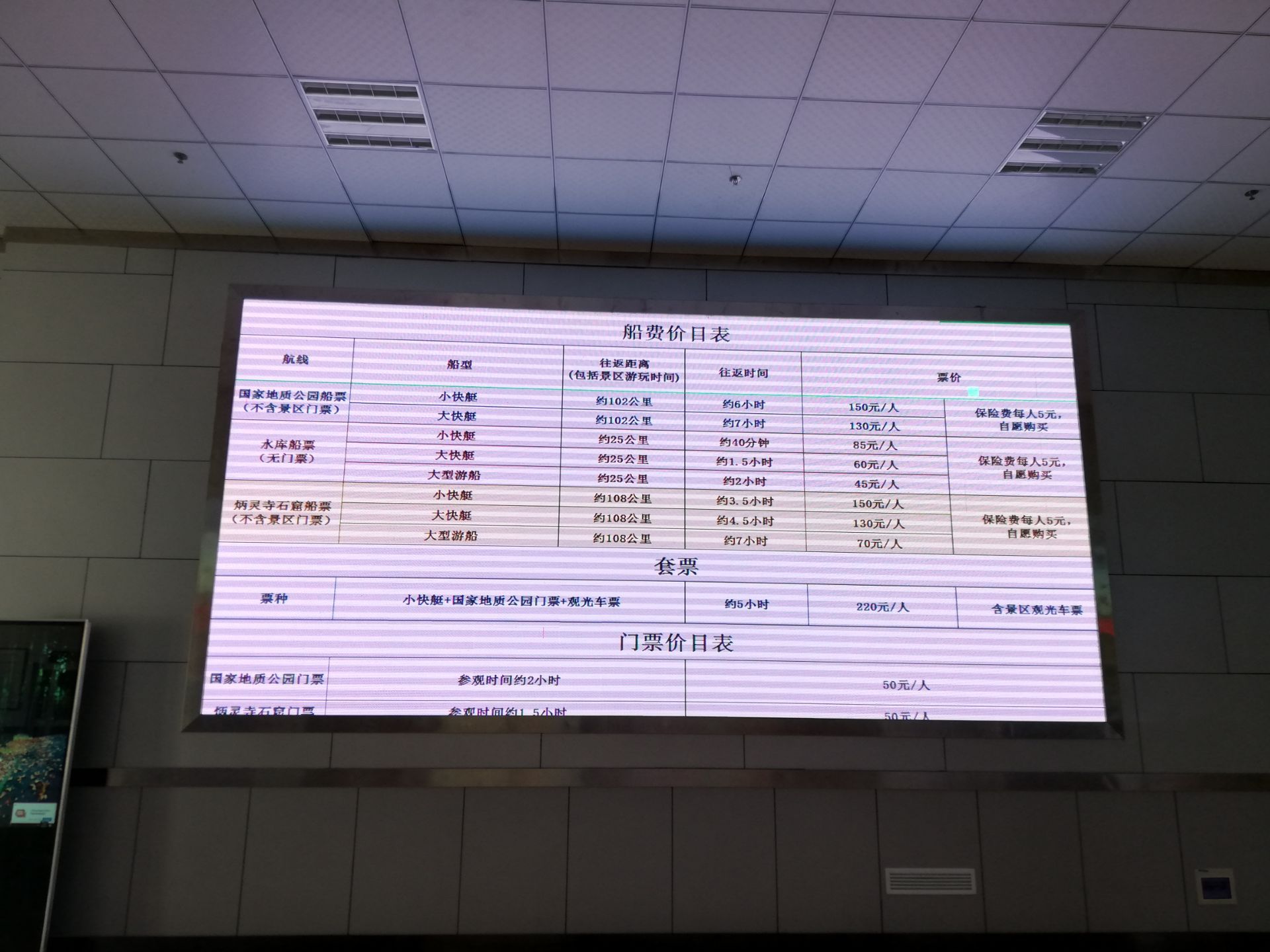
Paragliding in Liujiaxia Reservoir

